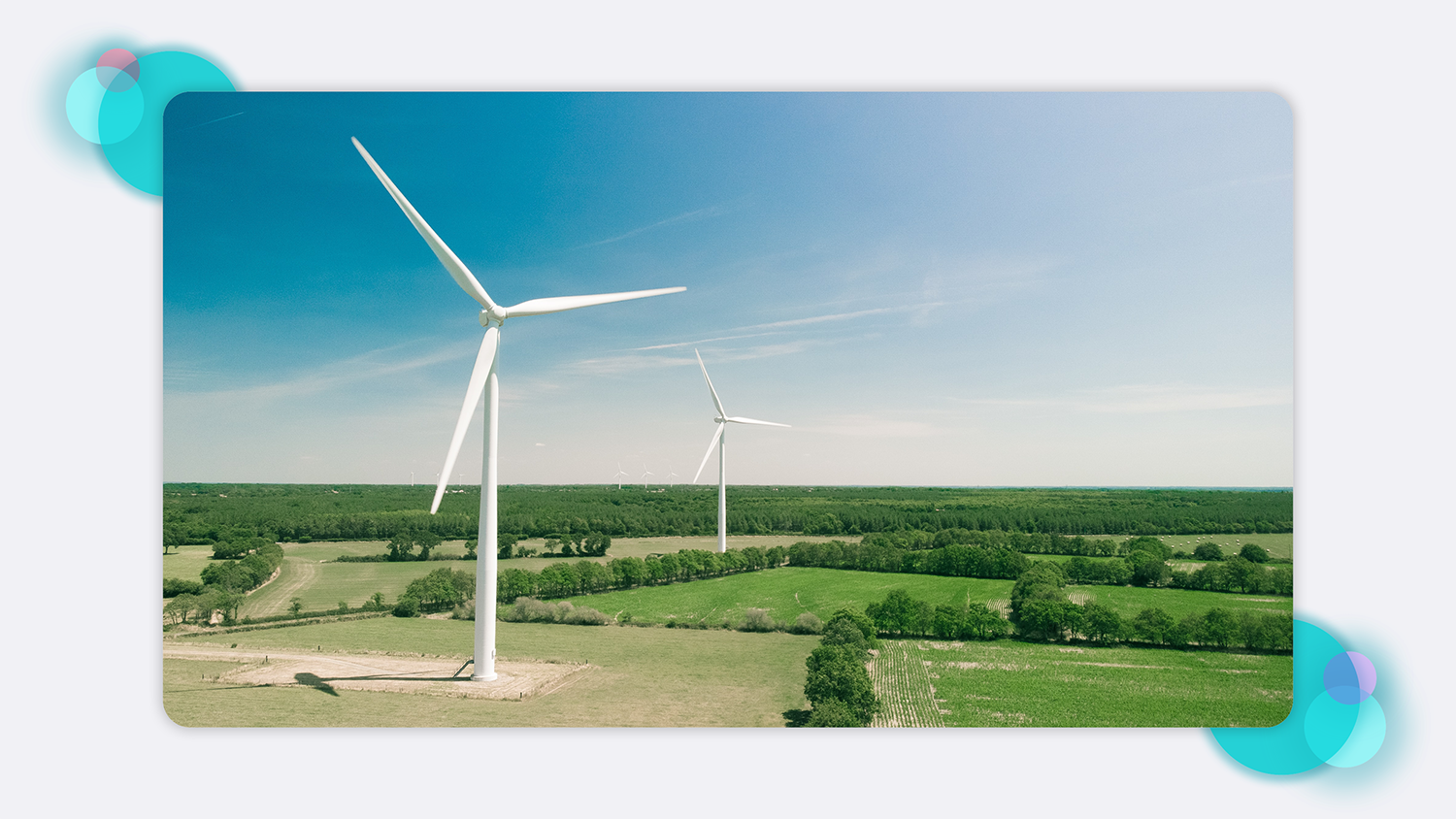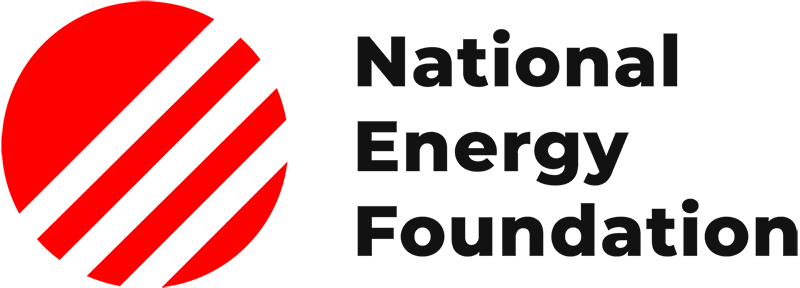Lone working in renewable energy
An introduction to lone working in renewables
Many workers in the renewable energy sector will spend at least some of their time working alone. A major reason for this is the vast scale of some renewable and low carbon operations.
Whether someone is working in renewable energies such as wind, wave, hydro, biomass, or solar power, or if they’re part of the larger low-carbon ecosystem such as carbon capture, energy storage, or nuclear, the simple size of the operation can make it harder to keep track of people.
Smaller-scale operations, such as the installation of domestic solar panels, can also be affected by lone working. A solar engineer working on a roof in a small town may feel less isolated than someone on a North-Sea wind farm, but they may be just as susceptible to the risks posed by lone working.
So, what is lone working and why does it matter for renewable energy workers?
A lone worker is someone who works out of site or earshot of their colleagues for some or all of their day. Lone working, by its nature, can increase the risk of serious injury, by lowering levels of oversight, and increasing response times to potential emergencies.
In simple terms, if someone is inspecting the panels of a solar farm, and is knocked unconscious, the fact that they are working alone means that they are unlikely to get the help they need. Medical emergencies from underlying conditions, accidental injuries like slips, trips and falls, and aggression from the public (more likely in domestic energy settings) can all be made worse by working alone.
The scale of the problem
According to the National Grid, 2020 was the first year in the UK’s history where electricity came “predominantly from renewable energy”, with 43% of its power coming from “a mix of wind, solar, bioenergy and hydroelectric sources”. At the time, employment in the low carbon and renewable energy economy (LCREE) was estimated to be 207,800.
Since then, 2022’s cost of energy crisis has led to even greater investments in renewable energy. Capacity is increasing every year, and so is the rate of people working in the sector.
As the sector grows, and new technologies become more commonplaces, we will find an increasing number of engineers and other employees retraining and refocusing in this sector. This puts a real importance on health and safety training.
In this article we will look at some of the overall risks of working in renewables, and how they dovetail with the risk of working alone.
The risks of lone working in the renewable sector
As with other energy sources such as oil or gas, there are some very real risks to lone workers who in the renewable energy industry.
Many renewable energy sites are isolated by their nature. Whether they harness hydropower, wind, or solar energy, many of these locations are off the beaten track and can be difficult to reach and stay in communication with in the event of an emergency.
Again, there are even hazards around isolation and lack of supervision for those working in more in-land or high-density areas. Independent renewable energy projects (such as those attached to homes or small businesses), may still lead to employees working alone.
The risks of working in the renewable sector include:
Lifting heavy objects, and working with large machinery (very similar to ‘traditional’ energy and construction risks).
Working in remote locations –whether offshore, on the road or on solar farms– increases the impact of potential incidents and difficulties in raising alarm and maintaining communication.
Working at height ( such as on turbines or on roofs)
Working in confined spaces –such as in hydropower plants with limited access– alongside high-risk machinery and equipment.
Working with vehicles (whether a worker is riding in the vehicle, or there are passing vehicles on the site)
Working with electricity
Working with heat, pressure, and volatile materials.
Health and safety responsibilities for renewable energy organisations
In such a rapidly growing industry, both employers and employees in the renewable energy sector have a responsibility to work safely and effectively. In order to drive the growth needed to meet global targets for clean energy, renewable energy organisations need to scale their health and safety processes too.
Lone workers operating in remote locations, possibly even offshore, are placed under extra pressure, and being isolated can take both an emotional and physical toll.
Working with new technology means new kinds of risk. With the rapid growth of renewables in the last couple of decades, there are still lessons to be learnt. It is up to the employers in this sector to understand the risks common to all engineering and energy projects, but also to assess new risks as they arise.
Solutions to risk in the renewable sector
Renewable sector risk assessment
To protect your staff and specifically your lone workers, it’s integral that you conduct thorough risk assessments. Talk to your employees and empower them to spot hazards and potential risks in their environment and build a risk assessment through that. You should even consider creating a dynamic risk assessment.
The playbook for risk in the renewable energy industry is still being written. Roughly a decade ago, the UK government noted that, with the race for new renewable technologies, one of the big risks for employers is not knowing what new hazards would present themselves.
Do your part by developing bespoke resources and response strategies that can reduce the potential for accident and injury.
Clear policies and lines of communication are also hugely important when it comes to worker safety. Ensure that all lone working staff know who to call if they have concerns and what to do in an emergency. Write a comprehensive lone working policy and ensure all staff have access.
Communication and supervision
One of the biggest risks of lone working is a lack of supervision and communication. If someone is working alone, they may not have access to crucial guidance that could prevent injury, and may not have speedy access to help if they do become injured.
Where the remoteness of renewable energy work leads to difficulties with supervision, it is important to consider a robust communication system.
Tools like walkie-talkies, and processes like regular check-ins and site visits can help keep teams connected. But for companies worried about accidental injury, manual interventions are not enough.
That’s why renewable companies like Anesco use Safepoint to monitor and protect their team when they’re out and about. Safepoint provides automated solutions that can detect if a user has a fall, or if they’re non-responsive.
Keep reading to find out how Safepoint’s smart protection system can help you monitor and organise your team, and keep your lone workers and at-risk staff safe.
Protecting renewable energy staff with automated lone worker solutions
If a renewables worker is in an emergency situation, it might be difficult for them to call for help. Unfortunately, low-fi solutions, such as calling out, or using a walkie talkie or mobile phone, present many problems (which we discuss in this helpful article). Luckily, Safepoint provide an affordable yet robust automated lone worker solution.
Above: Safepoint’s lone worker suite, including the app, web portal and wearable panic alarm
How Safepoint’s automated lone worker solution protects workers in the renewable energy sector
Safepoint provides award-winning lone working solutions for workers in the renewables sector along many other industries across the UK and abroad.
When engineers and other staff are equipped with Safepoint’s apps and wearable panic alarms, they can set up timed, GPS-tracked ‘tasks’ (such as ‘Visiting Kent Site - 3 hrs’).
If the worker runs into trouble, they can tap a button on their phone or wearable panic alarm and an alert will be sent out (along with their live location). An alert will also automatically be sent out if a user takes a fall or is unresponsive.
Above: when an alert is triggered, it is handled by our GuardianPlus team and can be viewed in the app or web portal.
With Safepoint, energy organisations can supervise their whole team through the Safepoint app and Safepoint portal – where they can see alerts, live locations, status updates, team analytics and more.
If you want to see what your team members are working on, or when they’ll be done, you can just open your Safepoint app. Instantly, you can see your entire team’s live location and status. You can even drop team members a note, or bring up their phone number –perfect for keeping everyone organised.
What’s more, with Safepoint’s 24/7 GuardianPlus service, your employees’ safety can be monitored day and night by an accredited team of expert responders. These emergency response professionals, working out of a dedicated Alarm Receiving Centre, will handle any emergency –from first response, to escalation management, to liaising with the emergency services.
Keeping lone workers safe in the energy and renewable sector
All sorts of businesses rely on Safepoint’s lone worker solutions and 24/7 Alarm Receiving Centre to keep their staff protected and organised. Some of our energy and renewable clients include:










